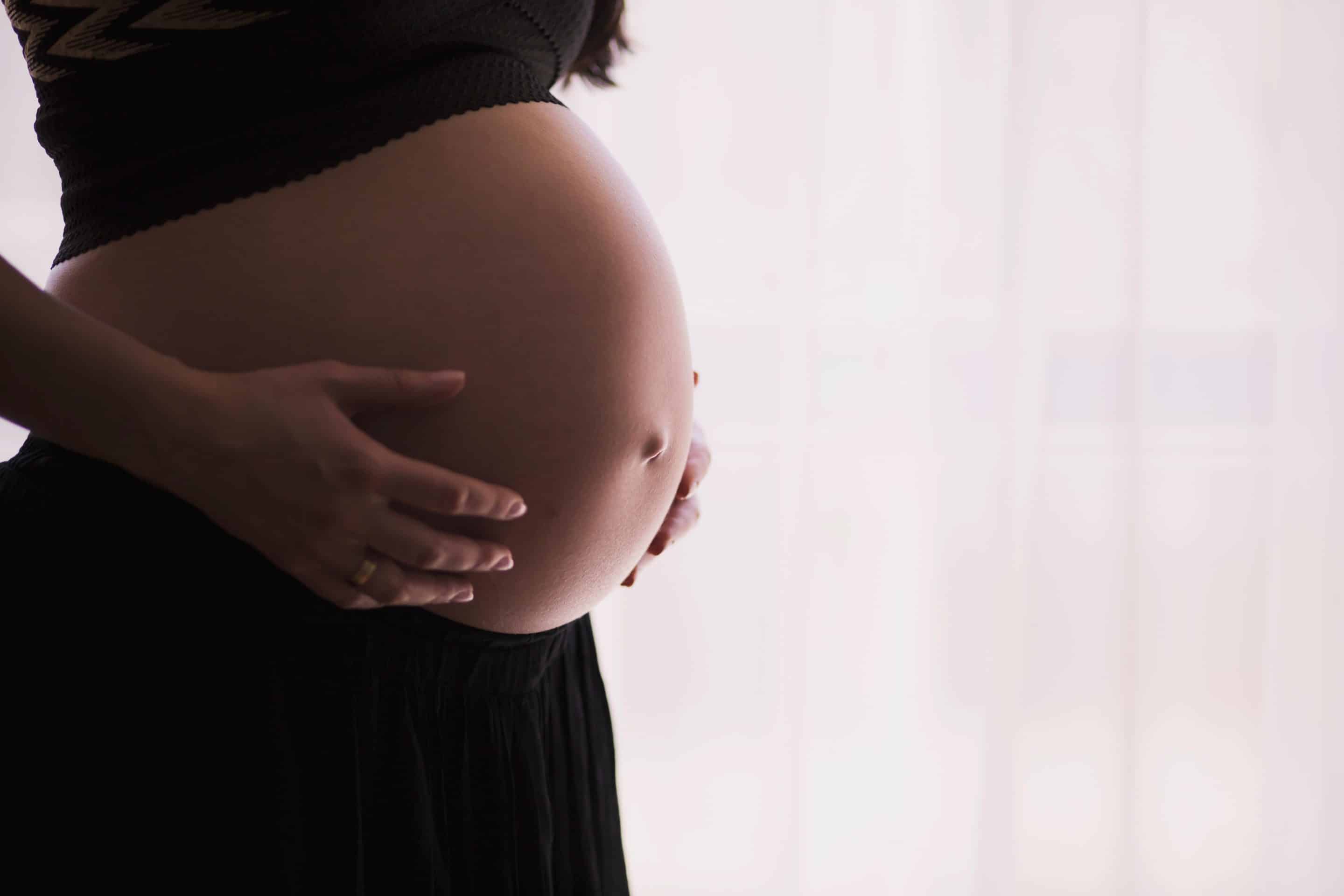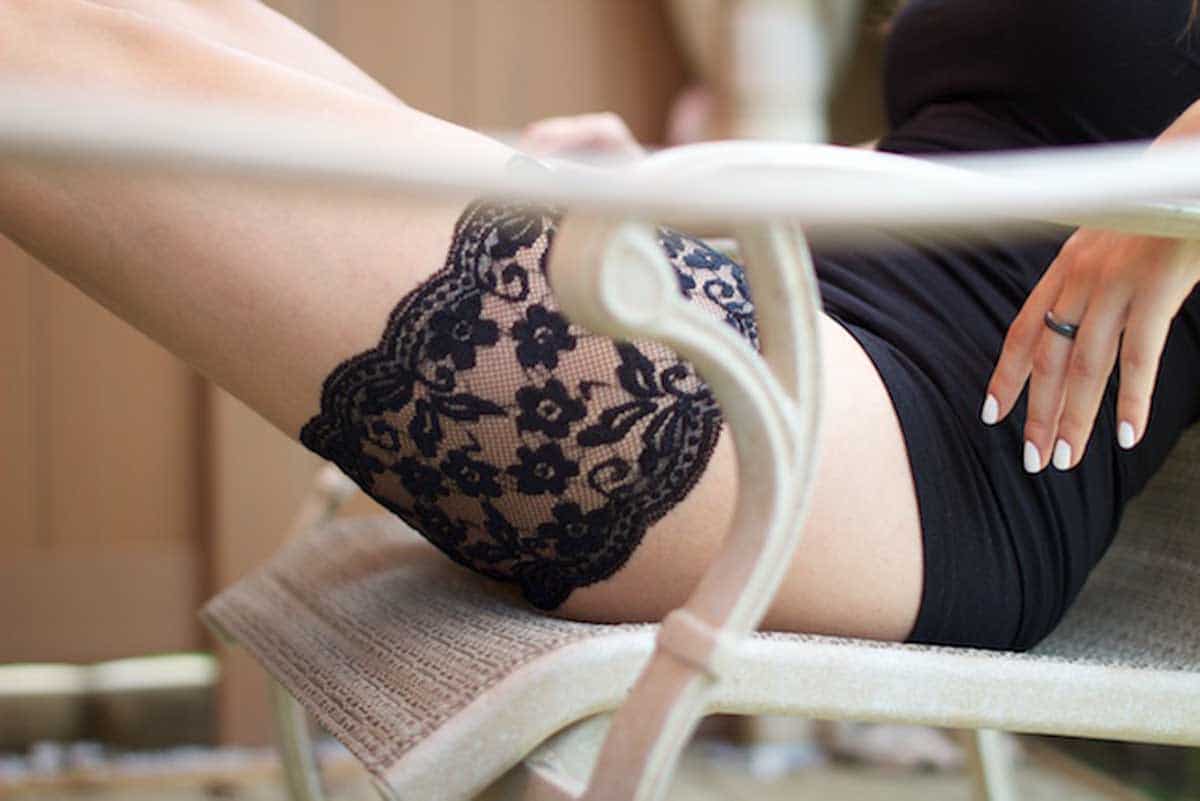
How To Prevent Thigh Chafing During Pregnancy
Pregnancies come with lots of body changes and discomforts... and thigh chafing during pregnancy is certainly one of them! Pregnancy is an exciting time for expectant mothers, but it comes with some very real and unexpected body changes. For the most part, you can’t control these fun new bodily functions like morning sickness, unusual sweat, swollen ankles, and extra gas (gasp!). Chafing during pregnancy is an unpleasant experience, but it's not something expectant mothers have to suffer through. Pregnancy chafing can cause major discomfort, but thankfully it's totally avoidable. Read on to learn how you can prevent thigh chafing during pregnancy.
Is Chafing Common During Pregnancy?
Chafing is very common during pregnancy. Many pregnant women will suffer thigh chafing or chafing in the groin area, buttocks, and even under the breasts - this will happen to most pregnant women - even those who have never suffered from chafing before. And if you typically suffered from skin chafing before you were pregnant - year-round or during the summer months - you're even more likely to experience thigh chafing during pregnancy.
Why Do Pregnant Women Get Chafing?
Heat and moisture combined with friction cause painful rashes. And this thigh chafing is common for anyone whose thighs touch, including men and women of all shapes and sizes. Most pregnant women will gain weight during their pregnancy, usually between 25-35 pounds. This weight gain is one of the causes of increased thigh chafing.
Weight gain can also cause chafing buttocks during pregnancy, even in women who've never experienced it previously. Even if your weight gain is mostly around the abdomen, it can cause chafing of the thighs and buttocks. Carrying more weight than usual makes you uncomfortable and causes you to sweat more... and you guessed it, the extra sweat leads to more chafing!

Why Your Pregnancy Waddle Is Giving You Chafing
Decreased mobility from being pregnant is also a factor in pregnancy chafing. You may have heard mothers talk about the “pregnant waddle”. Pregnancy can cause muscle strain, even in the first trimester. This is because a woman's center of mass is farther forward than normal. Because of muscle strain, a pregnant woman often leans backward more. They also bend their knees less while walking.
All these changes impact your usual walking style, causing the waddle. The pregnancy waddle can make chafing worse because you're walking with a shorter stride which causes increased friction between the thighs.
How To Prevent Chafing Inner Thighs During Pregnancy?
Wearing anti-chafing shorts or thigh bands is the best way to prevent chafing during pregnancy. In your first trimester, anti-chafing shorts are a great option. Anti-chafing pregnancy shorts create a fabric barrier between the skin of your inner thighs and butt. The fabric helps to prevent skin-on-skin rubbing. Bandelettes shorts are ideal for wearing under dresses while pregnant and are very stretchy. They're also easy to wear under other types of clothing.
In your second and third trimesters, you'll probably need to wear thigh bands instead of shorts. Bandelettes anti-chafing thigh bands create a similar fabric barrier around the inner thighs. The beauty of thigh bands is they stretch easily as you gain pregnancy weight. Because they only cover the thighs they can be worn along with maternity underwear. Normally, thigh chafing can be prevented in several ways. This includes wearing specific clothing that prevents thighs from touching.
But during pregnancy, your wardrobe does you no favors in preventing chafing. Expectant moms love loose stretchy clothing that can fit over their burgeoning bumps. So during pregnancy, restrictive clothing options are out the door. With loose clothing, rubbing thighs run rife.
Creams can also be beneficial in the fight against chafing, but many are designed to soothe and treat existing chafing. Mums-to-be are often rightfully cautious of new skincare products during pregnancy and may not want to use medicated chafing creams during this time. That's why thigh bands or chafing shorts may be the best option.
At Bandelettes, we focus on preventing chafing before it even happens. Because why suffer when you don’t need to? Unfortunately, for many women, the threat of chafing doesn’t end once you’ve given birth. Your body may never be quite the same as it was before, and thigh chafing can continue to happen.

Postpartum Chafing After Giving Birth
Postpartum chafing is a common experience after giving birth. Most women will experience vaginal chafing, chafing around the groin or chafing around the buttocks. Chafing is common because of post-partum vaginal discharge. This discharge requires most postpartum mothers to wear a pad or incontinence underwear. Both the moisture and the pad material can contribute to rubbing and friction. It takes time to lose pregnancy weight, this is completely normal. But the extra weight from pregnancy can contribute to unusual sweating or extra rubbing of the skin.
Loose skin after pregnancy is another common experience for postpartum mothers. Loose skin, especially if you have folds of skin, can pool excess moisture and sweat - leading to chafing rashes. Anti-chafing shorts are a great solution for postpartum chafing. Not only do they prevent thighs from rubbing, but they can help to gently hold in loose skin. This is great for keeping everything secure if you are wearing a postpartum pad.
Unlike traditional shapewear, Bandelettes anti-chafing panty shorts are stretchy and non-restrictive. Our female founders know that the last thing you need with a newborn is uncomfortable shapewear! We know how painful chafing can be, not just during pregnancy, but during certain activities and when wearing certain types of clothing. Don’t let “chub rub” get you down, check out our Ultimate Guide to Thigh Chafing and never suffer again.




